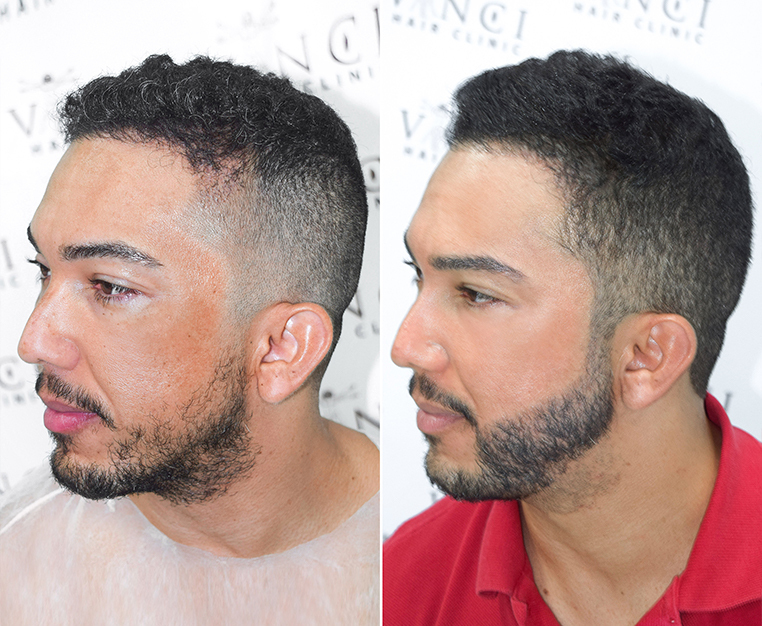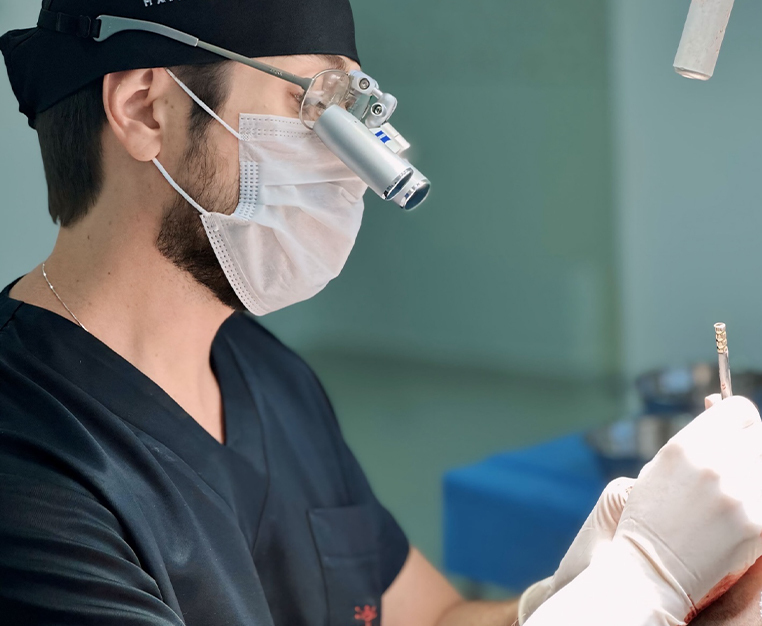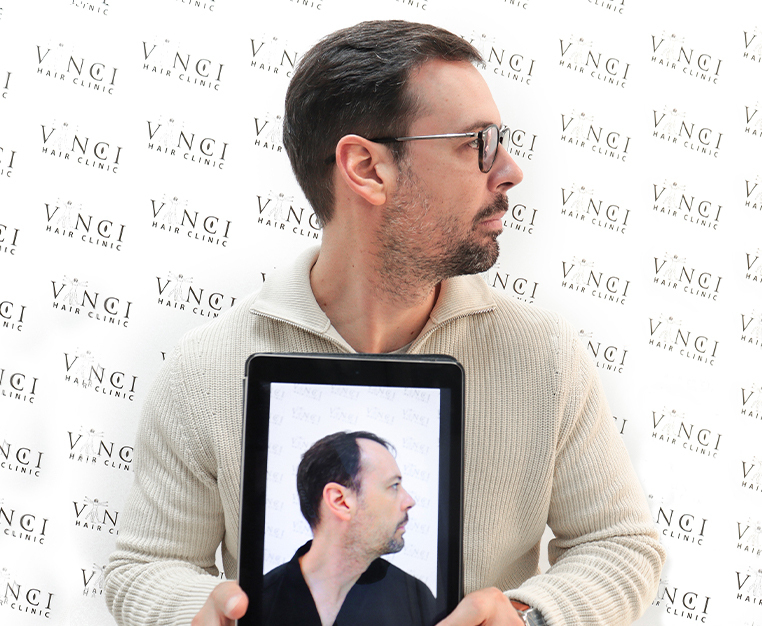If you’ve ever wondered about the reasons behind hair loss, you might have come across the term “DHT.” But what exactly is DHT, and how does it contribute to hair loss? In this article, we’ll delve into the world of hormones and their role in hair loss, specifically focusing on DHT and its effects.
What is DHT? Understanding The Role of Hormones such as DHT
Hormones are the body’s messengers, playing a pivotal role in various bodily functions. They regulate growth, mood, metabolism, and even hair growth. When these hormones are balanced, everything runs smoothly.
However, when imbalances occur, such as an excess of dihydrotestosterone (DHT), issues like hair loss can arise.
DHT, or dihydrotestosterone, is a hormone that stems from testosterone, which is often referred to as the “male hormone.” It is present in both men and women, though in differing amounts.
In males, DHT contributes to the development of male sexual characteristics during puberty. However, an excessive amount of DHT can lead to various problems, including hair loss.
The Connection Between DHT and Hair Loss
Hair loss, scientifically known as androgenetic alopecia, is influenced by genetics and hormones. DHT, being a potent androgen, attaches itself to hair follicles, primarily those located on the scalp.
This connection leads to a process called “miniaturization,” where affected hair follicles shrink over time. This shrinking weakens the hair, causing it to become finer and shorter with each growth cycle. Eventually, the follicles become so small that they stop producing hair altogether.
The Hair Loss Process
The journey from a full head of hair to noticeable thinning involves a complex interplay of hormones. In individuals with a genetic predisposition to hair loss, the hair follicles’ sensitivity to DHT increases.
As DHT levels rise, these sensitive follicles start producing weaker hair strands. Gradually, the growth cycles become shorter, and the hair produced becomes progressively finer. This process continues until the follicles can no longer generate visible hair.
Recognizing the Signs
Identifying hair loss caused by DHT involves noticing certain signs. Men might notice receding hairlines or a thinning crown, leading to the well-known “male pattern baldness.”
Women, on the other hand, often experience diffuse thinning across the scalp. Hair shedding increases, and overall hair volume decreases. These symptoms could indicate the influence of DHT on hair follicles.
How to Fight DHT-Related Hair Loss
If you suspect DHT might be contributing to your hair loss, there are steps you can take to address the issue:
Step 1: Seek Expert Consultation
When grappling with concerns about DHT-related hair loss, Vinci Hair Clinic’s specialized consultants are your go-to resource. These seasoned professionals, including experienced dermatologists and trichologists, possess a deep-seated knowledge of all things hair and scalp.
By consulting with Vinci Hair Clinic, you’re opening the door to a wealth of expert insights that can help chart a clear path forward.
Step 2: Explore Medication Options
Finasteride: This prescription medication, widely endorsed by experts, disrupts the conversion of testosterone into DHT. Through this mechanism, finasteride effectively curbs hair loss progression, and some individuals even experience a revival of hair growth, particularly in the crown region.
Minoxidil: Though it doesn’t engage directly with DHT, minoxidil stands as a popular over-the-counter topical solution. Its forte lies in enhancing blood flow to hair follicles, fostering an environment conducive to robust hair growth.
Step 3: Adapt Lifestyle Practices
Balanced Diet: Your hair thrives on certain nutrients. Consider the likes of vitamin D, a sunshine nutrient; biotin, a B vitamin often dubbed the “hair vitamin”; and vital minerals like zinc and iron. Sourcing these from foods like eggs, nuts, and nutrient-rich fish can bolster scalp health and promote hair vitality.
Exercise: Regular physical activity isn’t just good for your cardiovascular system; it aids hormonal equilibrium, too. By contributing to balanced hormone levels, exercise indirectly impacts DHT levels, influencing the overall health of your hair.
Stress Management: The modern lifestyle can lead to chronic stress, which can disrupt hormonal balance, including DHT. By integrating stress management techniques such as mindfulness practices, meditation, or yoga, you’re safeguarding not only your mental well-being but also your hair health.
Step 4: Specialized Treatments
Low-Level Laser Therapy (LLLT): A non-invasive method that employs low-level lasers or light-emitting diodes, LLLT serves as a gentle wake-up call for hair follicles. By boosting blood circulation and cellular activity in the scalp, it sets the stage for renewed hair growth.
Platelet-Rich Plasma (PRP) Therapy: The cutting-edge PRP therapy capitalizes on your body’s own resources. After extracting and concentrating platelet-rich plasma, it’s injected back into the scalp. This infusion of growth factors serves as a powerful stimulant for hair follicles, potentially ushering in a new era of hair regrowth.
Remember, personalized results can vary. It’s of paramount importance to seek guidance from healthcare professionals before embarking on significant changes to your hair care regimen. Armed with the insights of expert consultation and a toolkit encompassing medication, lifestyle adjustments, and specialized treatments, you’re equipped to address DHT-related hair loss with a comprehensive, tailored approach.
Conclusion
Are you ready to improve your confidence and fight hair loss caused by DHT? Vinci Hair Clinic can help! Contact us, a trusted hair restoration clinic, and enjoy a free consultation for new clients.
Our experts will examine your unique situation, figure out what’s going on, and suggest treatment options just for you. You can set up an appointment by visiting our website or reaching out to us on social media.





